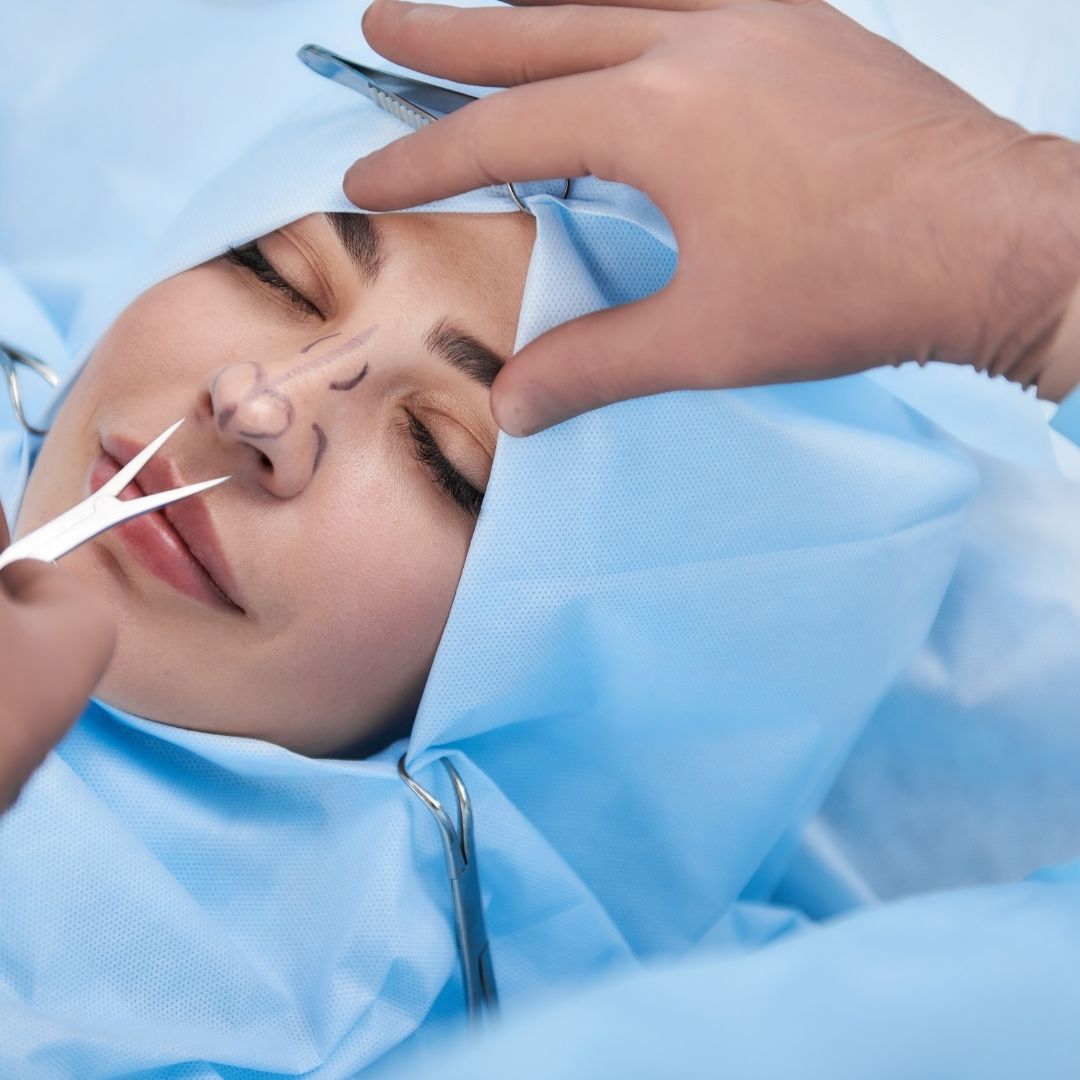
Sex Reassignment Surgery from Man to Woman
Sex reassignment surgery from man to woman, also known as male-to-female bottom surgery, is a life-changing procedure that helps align an individual’s physical body with their gender identity. This blog post explores various aspects of transitioning through surgery, focusing on the creation of a transgender vagina, the expected results, and experiences of post-op trans women. We aim to provide comprehensive insights into the mtf bottom surgery to aid understanding and preparation for those considering this significant step towards gender affirmation.
What is Gender Reassignment Surgery from Man to Woman?
Sex reassignment surgery from man to woman involves several medical procedures that reconstruct male genitalia into a form that is typical of female genitalia. Commonly referred to as mtf bottom surgery or male to female bottom surgery, this operation is not just a single procedure but often a series of surgeries including the creation of a trans vagina, breast augmentation in Turkey, and sometimes facial feminization surgeries to enhance the overall femininity of the individual.

How am I Prepared for Male to Female Bottom Surgery?
Preparation for sex reassignment surgery is comprehensive. It typically includes hormone replacement therapy (HRT), psychological counseling, and living as a woman for a significant period—often known as the Real-Life Experience (RLE). During this phase, transgender individuals might begin experiencing the social dynamics of their gender identity in everyday interactions.
Surgical Techniques for Sex Reassignment Surgery from Man to Woman
The cornerstone of transforming the male genitalia into a transgender vagina involves several surgical techniques. The most common method is known as penile inversion vaginoplasty, where the skin of the penis is used to create the vagina. Another technique, intestinal vaginoplasty in turkey , may be employed when there isn’t enough penile skin available or when the patient desires a self-lubricating vagina. These surgeries are intricate and require the best male to female surgeons Turkey specializing in transgender surgeries to achieve the best male to female bottom surgery results.
After Sex Reassignment Surgery from Man to Woman
Post-operative care is crucial for recovery and the success of mtf bottom surgery. Immediately after the operation, patients might experience significant discomfort, which can be managed with prescribed pain relief methods. The recovery process includes regular dilation of the newly formed vagina to prevent contraction of the vaginal canal, a routine that post-op trans women must follow diligently. Viewing mtf bottom surgery before and after photos can significantly help in understanding the potential outcomes and setting realistic expectations.
In the initial weeks following the surgery, maintaining hygiene is critical to avoid infections. Regular follow-up visits to the surgeon will ensure that the healing process is on track and help manage any complications like narrowing of the vaginal canal or rectal injuries.
Experiences of Post Op Trans Women
Adjusting to the new body can be both exhilarating and challenging for post-op trans women. Many report a significant improvement in their quality of life and satisfaction with their physical appearance. However, it's crucial to have realistic expectations about the results of male to female bottom surgery. While the surgery provides a vagina that is visually similar to a cisgender woman’s, the sensation and sexual experiences can vary widely. It is important for post op transgender individuals to view gender reassignment surgery before and after images to understand the scope of physical changes.
The impact of sex reassignment surgery from man to woman goes beyond the physical changes. For many, it is a deeply affirming procedure that alleviates gender dysphoria. However, it’s important for post-op transgender individuals to continue receiving psychological support to navigate their new life phase, as adjustments can sometimes be overwhelming.
Sex After Gender Reassignment Surgery From Man to Woman
One of the most common questions asked by individuals considering or undergoing gender reassignment surgery from man to woman is: "When can I have sex after gender reassignment surgery?" Typically, surgeons recommend waiting at least six to eight weeks before engaging in sexual activity, allowing adequate time for healing and avoiding complications. It's crucial to follow your surgeon’s specific post-operative advice to ensure a safe and healthy recovery. Once healed, the newly formed vaginal structure will function similarly to a cisgender woman's, allowing for sexual intercourse.
However, each individual's experience with sensation, orgasm, and overall sexual function can vary. Many post-op transgender women report satisfying sexual experiences and an increased sense of comfort and authenticity in their intimate relationships. Patience and open communication with your partner are key as you both navigate and discover what feels best in your renewed body. It’s also essential to have realistic expectations and possibly seek support or counseling to enhance both your physical and emotional adjustment to these new experiences.
Can I Have Children After Sex Reassignment Surgery From Man to Woman?
A common concern for many considering male-to-female transition surgery is the possibility of having children post-operatively. It's important to understand that this surgery typically involves the removal of male reproductive organs, which results in permanent infertility with respect to producing biological offspring. However, options do exist for those who wish to become parents. Prior to surgery, sperm preservation is a viable method to consider; this allows individuals to use their sperm for future reproductive procedures, such as IVF treatment .
For those who have already undergone surgery without taking such measures, adoption or surrogacy remain practical options to build a family. Engaging with a fertility counselor before surgery can provide guidance and help plan for a future where parenting is a desire. Each route offers a meaningful pathway to parenthood and requires careful consideration to align with personal life goals and circumstances.
Is Male to Female Sex Reassignment Surgery Painful?
Concerns about pain are understandably at the forefront for many considering male to female sex reassignment surgery. Like any major surgical procedure, it involves a certain degree of postoperative discomfort and pain, which varies from person to person. During the surgery itself, patients are under general anesthesia, so no pain is felt. Post-surgery, pain management is a critical component of recovery. Most patients will experience some discomfort as they heal, particularly in the first few days after the procedure.
Pain can typically be managed effectively with medications prescribed by your surgical team, tailored to your specific needs. As the healing process progresses, the intensity of the pain should diminish. It’s also important for patients to follow their surgeon's guidelines on care and activity levels to minimize discomfort and promote healing. Open communication with your healthcare provider about pain levels is crucial to adjust pain management strategies accordingly.
Your True Self
The sex reassignment surgery in turkey from man to woman is a complex yet profoundly life-affirming path for many transgender individuals seeking congruence between their physical bodies and gender identities. With advancements in medical techniques, the outcomes of such surgeries have significantly improved, offering post-op trans women a chance at a fulfilled and happy life. However, the journey requires careful consideration, expert medical guidance, and strong emotional support systems to navigate the physical, emotional, and psychological changes that come with such a transformation. Contact with Healthy Türkiye.



